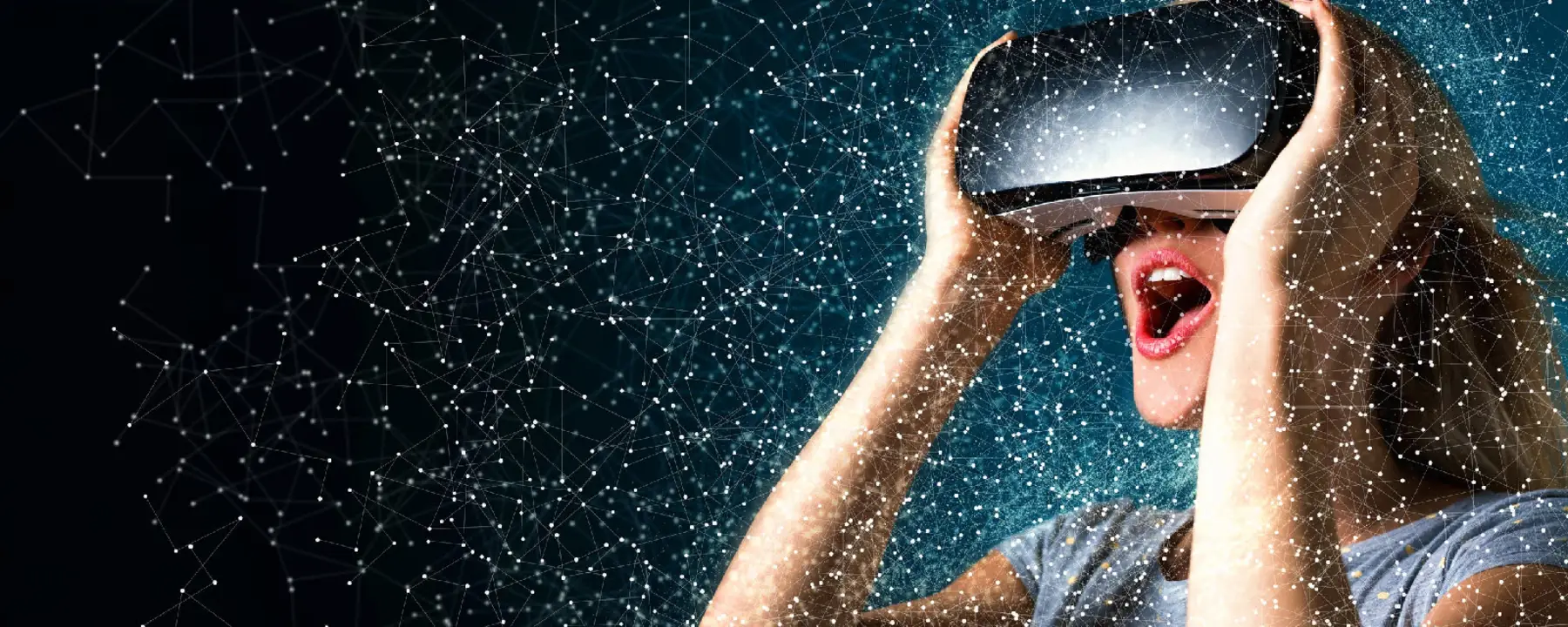Applying virtual and augmented reality, artificial intelligence, and other emerging technologies to improve the human condition
In 2017, RTI’s Interactive Computing (IC) was born as an Independent Research & Development (IR&D) project and the new “one stop shop” for Virtual Reality based development across the institute. IC is a team of developers, designers, and researchers, working to develop a deep technical understanding of emerging technologies utilizing Virtual and Augmented Reality with a primary purpose to develop useful solutions that support RTI’s mission to improve the human condition.
Virtual Reality
Virtual Reality technology is a type of interactive computing that allows users to become immersed in virtual environments. Full immersion VR involves users wearing VR headsets that have a display for each eye to simulate depth and track the users head movements to produce a very convincing illusion of being in a virtual world.
Augmented Reality
Augmented Reality (AR) is a type of interactive computing that uses smartphones, tablets, or webcams to overlay digital images and animations into the real world. Augmented reality software will identify an appropriate spot to place the digital object, whether that is a face, flat surface, or elsewhere. The technology will then continually readjust as the user moves their device.

Project Highlight
Making 3D Models with Photogrammetry
Photogrammetric technology enables everyday photographs to be converted into many outputs, ranging from simple measurements, maps, and drawings to complex 3D models of read-world people, objects, or scenes. RCD Interactive Computing has been using various methods to generate complex 3D models for multiple augmented and virtual reality markets.





